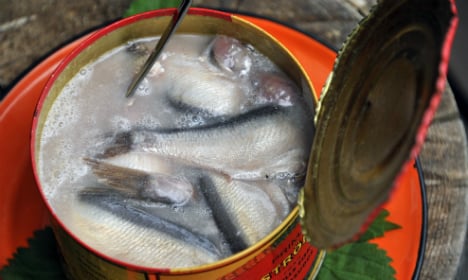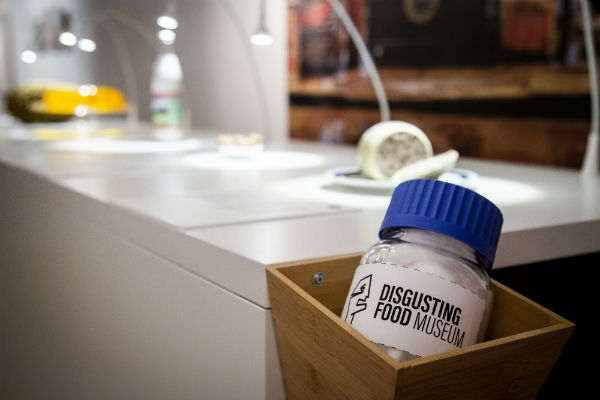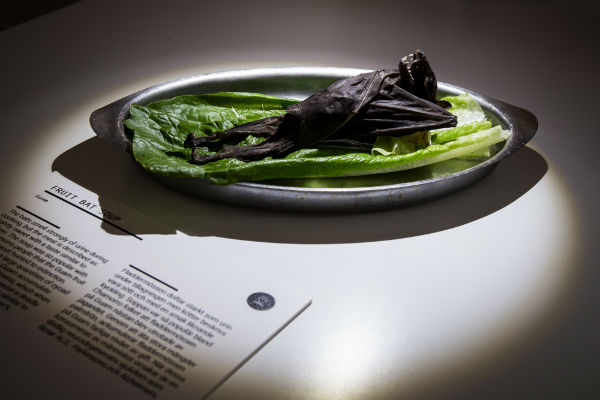“We received the alarm at 19.53 on Wednesday with residents reporting a weird smell in their apartment building, suspecting it might be some sort of a gas leak,” Johanna Björnfot, a spokeswoman at the Fire and Rescue Services in Stockholm, told The Local.
“We responded to the call and alerted Stockholm Gas [about the possible leak], but when we got to the scene and started to investigate the smell, one of the residents informed us that they were eating fermented herring, which turned out to be the cause,” she said.
Fermented herring, or “surströmming” as the Swedes call it, is a centuries-old tradition and stems from the time when Swedish workers were paid for their labour in herring. The fermentation process allows the fish to keep for longer.
The flip side of the coin, however, is that the fish becomes extremely smelly and many Swedish landlords have banned their tenants from enjoying the traditional Swedish staple in their buildings.
This is not the first time that the Swedish rescue services have responded to a false gas leak alarm on the back of someone enjoying the fermented fish.
In 2012, two fire trucks and two police cars were called out to an apartment building, also in southern Stockholm, after anxious neighbours had reported a suspicious stench in the house.
“They probably didn’t recognise the smell of fermented herring,” police spokesman Sven-Erik Olsson said at the time.
This summer, staff from the US BuzzFeed website decided to try out the smelly Swedish delicacy, causing a havoc among the tasting panel and managing to incense a Swedish surströmming expert by filming the event and posting it on YouTube. In the clip, some of those trying the fish likened the odour of the fish as the smell of “sewage” and “dead body”.
Surströmming expert Ruben Madsen was offended by the clip, telling The Local at the time that it was an “insult to the Swedish people and Swedish culture”.
In response to the video, which went viral, Madsen teamed up with Swedish tourism company Höga Kusten Destinationsutveckling AB and produced a video showing Swedes tucking into fermented herring in a bid to educate foreigners about the traditional dish.
“Never, ever should surströmming be served like that,” Madsen said of the BuzzFeed tasting.
“It must always be stored in a cool environment. If it is stored in a warm place, then the lactic acid destroys the proteins and there is no fish left inside the can. In the film, there's just a mess inside,” he said.





 Please whitelist us to continue reading.
Please whitelist us to continue reading.